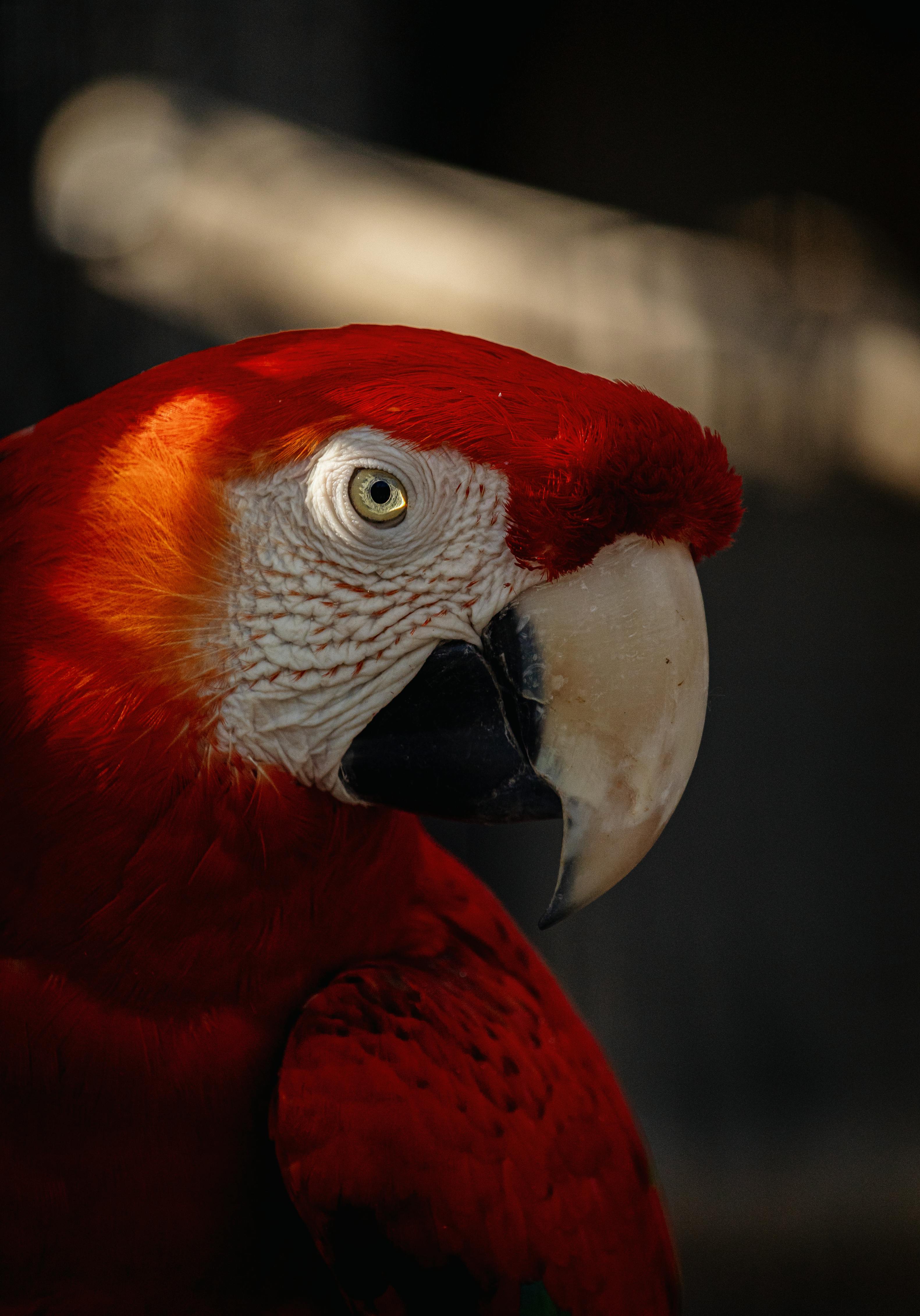
Essential Guide to Hamster Care for PetSmart Owners in 2025
Owning a pet hamster can be a rewarding and fun experience, especially for families looking for a small and manageable pet. In this comprehensive guide, we will delve into the best hamster care tips specifically tailored for PetSmart owners in 2025. Caring for a hamster entails understanding their nutritional needs, creating a suitable habitat, and providing comprehensive health care. A well-cared-for hamster brings joy and companionship to the family, making it essential to learn about their various requirements for happy, healthy living.
In this article, we will discuss the best hamster food options, tips on hamster habitat setup, how to choose appropriate toys for engagement, and essential grooming practices. Additionally, we will explore hamster health considerations and frequently asked questions to ensure you’re them equipped to provide optimal hamster care. Let's embark on this journey to improve the welfare and happiness of your pet hamster!
Key takeaways include understanding hamster nutrition, knowing proper habitat requirements, and recognizing the signs of a healthy hamster. With the following tips, you will have the necessary knowledge to enhance your hamster's happiness and well-being.
Choosing the Best Hamster Food for Nutritional Health
The first step in ensuring your pet hamster thrives is selecting the best hamster food. Hamster food comes in various types, including pellets, seeds, and grains, catering to the dietary needs of different hamster breeds such as Syrian hamsters and dwarf hamsters. A balanced diet that combines high-quality pellets with treats can provide the necessary nutrients and maintain a healthy weight.
When selecting hamster food, consider looking for options that contain fresh seeds, grains, and dried fruits. It is essential to avoid foods with artificial additives, preservatives, or excessive sugars since they can be harmful to your hamster's health. Additionally, supplements like fresh vegetables, fruits, and hay can enhance your hamster's diet and promote digestive health.
Remember, portion control is crucial. Overfeeding can lead to obesity and other health issues, while underfeeding can result in malnutrition. A good rule of thumb is to provide a small handful of food daily and adjust the amount based on your hamster's activity level, size, and health.
Moreover, always ensure that fresh water is available for hydration, as this is a vital aspect of hamster nutrition. Understanding the dietary specifics of your hamster breed will significantly contribute to their overall well-being.
This naturally leads us to explore how to create an ideal habitat for your pet hamster.
Creating an Optimal Habitat for Your Hamster
The setup of your hamster's habitat plays a crucial role in ensuring their health and happiness. A spacious hamster cage is essential, allowing for ample room for exercise, exploration, and comfort. The ideal habitat for your pet hamster should replicate their natural environment. This includes providing suitable bedding materials, a comfortable sleeping area, and entertainment avenues.
When setting up a hamster cage, consider using various types of bedding such as paper-based, aspen shavings, or coconut coir. These materials are essential for keeping your hamster warm and snug while also absorbing moisture and odors. Avoid cedar or pine shavings, as they may harm your hamster's respiratory health.
Furthermore, a good hamster habitat needs to include a hamster wheel for exercise, tunnels or tubes for exploration, and various chew toys to promote dental health and prevent boredom. Engaging your hamster with toys and enrichment activities encourages natural behaviors and mental stimulation.
Regular cleaning of the habitat is essential for your hamster's health as well. Ensure to remove soiled bedding and uneaten food daily and perform a thorough habitat cleaning weekly to prevent bacteria growth and odor accumulation.
With a well-built habitat established, it’s equally important to choose the right toys for your hamster to explore and exercise. Let’s take a closer look at hamster toys and games.
Engaging Your Hamster with the Right Toys and Games
Interactive playtime is vital to ensuring your hamster remains physically active and mentally stimulated. Providing a variety of hamster toys can enhance your pet's quality of life and combat boredom. Suitable toys include chews, tunnels, exercise balls, and more.
Hamster exercise wheels are particularly important in preventing obesity and maintaining overall fitness. Make sure to choose a wheel that is appropriately sized for your hamster breed, as smaller wheels may cause discomfort or injury.
Additionally, DIY options for hamster toys can be both fun and affordable. Consider creating tunnels or mazes using cardboard boxes, ensuring they are safe and free from harmful chemicals. Hamsters also enjoy foraging activities wherein you can hide treats around their habitat to encourage natural exploration and scavenging behaviors.
Moreover, pestering such as interactive toys that allow your hamster to manipulate objects can contribute highly to their mental enrichment. It's crucial to rotate out toys regularly to keep your hamster engaged and excited.
Building on these fundamentals, let’s discuss essential grooming practices for maintaining your hamster's health.
Essential Grooming Practices for Your Pet Hamster
Grooming your hamster is an essential practice that many owners may overlook. Regular grooming contributes significantly to your hamster’s health and comfort, helping to prevent dental problems, skin issues, and matting of fur. Different breeds of hamsters will require varying grooming levels; for instance, long-haired hamsters may need more attention than short-haired ones.
Regularly check your hamster’s fur for tangles and dirt. If necessary, using a small, soft-bristled brush can help to maintain a clean coat without irritating their skin. Avoid bathing your hamster frequently, as too much water can cause stress and disrupt their natural oils.
Besides fur grooming, dental care is equally important. Hamsters' teeth grow continuously, necessitating plenty of chew toys to help wear them down. Keep an eye on their teeth for any overgrowth or abnormalities, as these can lead to discomfort and health issues.
Regular nail trimming may be required for hamsters that do not naturally wear down their nails through activity. Always utilize specialized small animal nail clippers and proceed with caution to avoid injury or distress. Furthermore, maintaining a clean habitat and monitoring your hamster’s grooming habits can aid in assessing their overall health.
With grooming practices in place, understanding signs of a healthy hamster is crucial. Let's discuss common health considerations next.
Recognizing Signs of a Healthy Hamster
Ensuring your hamster’s well-being requires being vigilant about their health status. Recognizing signs of a healthy hamster is essential for early intervention if health issues arise. Signs to look for include bright eyes, a clean and well-groomed coat, active behavior, and a healthy appetite.
A healthy hamster tends to maintain a consistent weight and shows enthusiasm during playtime or exploration. Behavioral changes can often signal underlying health concerns, so it’s best to observe your pet's routine closely. Common signs of illness may include lethargy, excessive sneezing or coughing, diarrhea, and loss of appetite.
Regular visits to a veterinarian specializing in small animals can assist in maintaining optimal health and catching potential issues before they become serious. Veterinary check-ups should ideally occur at least once a year, or more often if any health concerns arise.
Moreover, understanding your hamster’s natural behavior aids in recognizing deviations from their norm, enabling swift action when necessary. Active participation in community resources can further enhance your understanding and provide support as a hamster owner.
Next, we will address some common questions related to hamster care to ensure you have all the support you need.
Q&A Section: Common Hamster Care Questions
This section will provide valuable insights into common queries associated with hamster care to help new and experienced owners alike. Here’s a look at some frequently asked questions:
1. What type of cage is best for my hamster?
The ideal hamster cage should be spacious, well-ventilated, and set up in a safe environment away from direct sunlight or drafts. Ensure it has sufficient room for a wheel, toys, and bedding.
2. How can I tell if my hamster is stressed?
Signs of stress may include excessive hiding, aggression, or lack of interest in play. Changes in eating or drinking habits also indicate your hamster might be feeling overwhelmed.
3. How often should I clean my hamster’s cage?
It is best to clean the cage weekly but remove soiled bedding and uneaten food daily to promote cleanliness and prevent odors.
4. Are there specific toys suitable for different hamster breeds?
Yes, different breeds have varying sizes and activity levels. Ensure that the toys you choose are appropriate for their size and safe for chewing.
5. How can I effectively bond with my new hamster?
To build a bond with your hamster, spend time handling them gently, offer treats, and create a consistent routine. Patience is vital to establishing a trusting relationship.

Conclusion: Enhancing the Lives of Pet Hamsters
In summary, caring for pet hamsters requires a fundamental understanding of their nutritional needs, habitat setup, and grooming practices. By following these essential tips, owners can ensure that their hamsters live happy, healthy lives filled with enrichment and care. Remember to pay attention to their behavioral signs, maintain a clean environment, and provide interactive toys to keep them engaged.
Ultimately, knowledge and compassion are the best tools for becoming a responsible hamster owner. Engaging with the hamster community and utilizing available resources can further improve your pet care experience. May your journey into hamster ownership be a fulfilling and joyful adventure!
